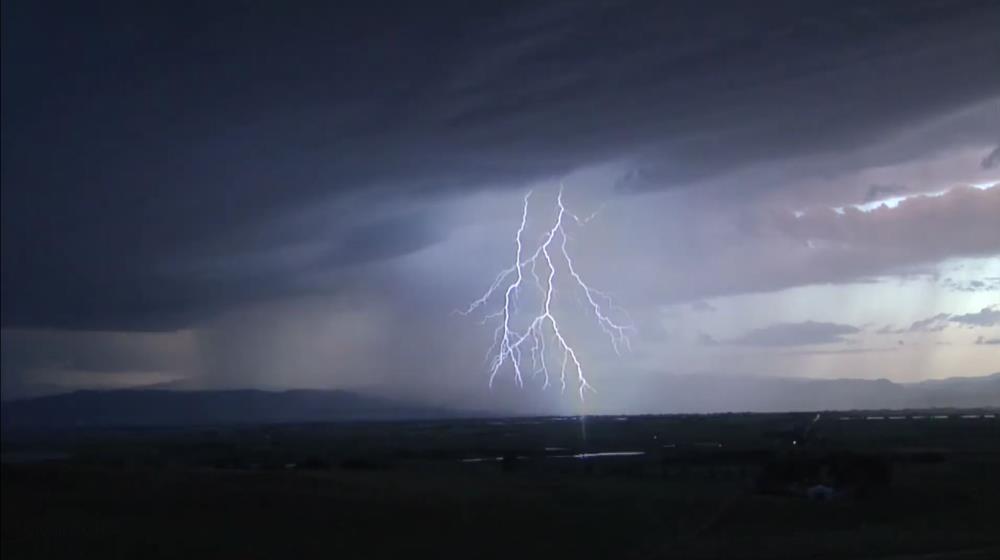
Related items loading ...
Section 1: Publication
Publication Type
Journal Article
Authorship
Chik, A. H., Glier, M. B., Servos, M., Mangat, C. S., Pang, X. L., Qiu, Y., D'Aoust, P.M., Burnet, J. B., Delatolla, R., Dorner, S., Geng, Q., & CoV-2 Inter-Laboratory Consortium
Title
Comparison of approaches to quantify SARS-CoV-2 in wastewater using RT-qPCR: Results and implications from a collaborative inter-laboratory study in Canada
Year
2021
Publication Outlet
journal of environmental sciences, 107, 218-229.
DOI
ISBN
ISSN
Citation
Chik, A. H., Glier, M. B., Servos, M., Mangat, C. S., Pang, X. L., Qiu, Y., D'Aoust, P.M., Burnet, J. B., Delatolla, R., Dorner, S., Geng, Q., & CoV-2 Inter-Laboratory Consortium. (2021). Comparison of approaches to quantify SARS-CoV-2 in wastewater using RT-qPCR: Results and implications from a collaborative inter-laboratory study in Canada. journal of environmental sciences, 107, 218-229.
https://doi.org/10.1016/j.jes.2021.01.029
Abstract
Detection of SARS-CoV-2 RNA in wastewater is a promising tool for informing public health decisions during the COVID-19 pandemic. However, approaches for its analysis by use of reverse transcription quantitative polymerase chain reaction (RT-qPCR) are still far from standardized globally. To characterize inter- and intra-laboratory variability among results when using various methods deployed across Canada, aliquots from a real wastewater sample were spiked with surrogates of SARS-CoV-2 (gamma-radiation inactivated SARS-CoV-2 and human coronavirus strain 229E [HCoV-229E]) at low and high levels then provided “blind” to eight laboratories. Concentration estimates reported by individual laboratories were consistently within a 1.0-log10 range for aliquots of the same spiked condition. All laboratories distinguished between low- and high-spikes for both surrogates. As expected, greater variability was observed in the results amongst laboratories than within individual laboratories, but SARS-CoV-2 RNA concentration estimates for each spiked condition remained mostly within 1.0-log10 ranges. The no-spike wastewater aliquots provided yielded non-detects or trace levels (<20 gene copies/mL) of SARS-CoV-2 RNA. Detections appear linked to methods that included or focused on the solids fraction of the wastewater matrix and might represent in-situ SARS-CoV-2 to the wastewater sample. HCoV-229E RNA was not detected in the no-spike aliquots. Overall, all methods yielded comparable results at the conditions tested. Partitioning behavior of SARS-CoV-2 and spiked surrogates in wastewater should be considered to evaluate method effectiveness. A consistent method and laboratory to explore wastewater SARS-CoV-2 temporal trends for a given system, with appropriate quality control protocols and documented in adequate detail should succeed.
Plain Language Summary


 GWFNet
GWFNet Master
Master Data
Data Research
Research Map
Map
 Advanced
Advanced Tools
Tools
 . . .
. . .
 Metadata Editor
Metadata Editor
 Record List
Record List
 Alias List Editor
Alias List Editor
 Legacy sites
Legacy sites